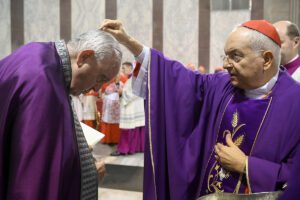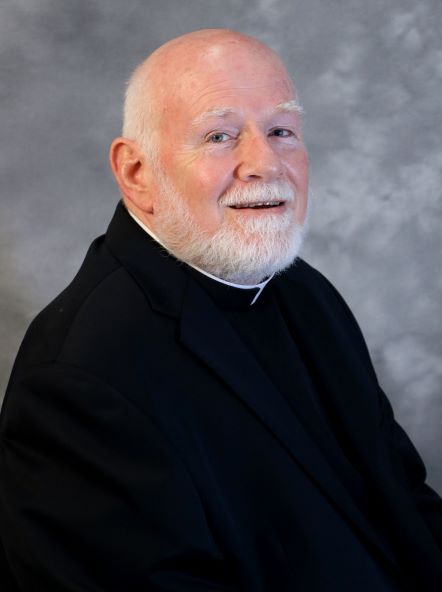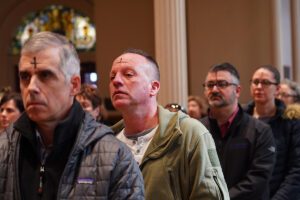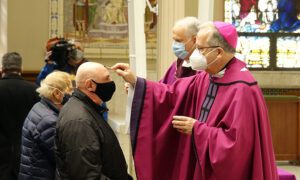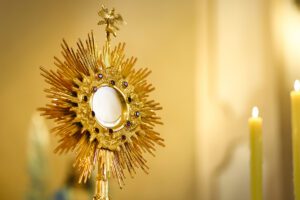(OSV News) – Gov. Josh Shapiro called on Pennsylvania’s legislature Feb. 16 to end the death penalty, marking the first time a governor of the Keystone State has formally called on lawmakers to abolish the practice. Shapiro also said he will not authorize its use during his term.
Shapiro, a Democrat who was sworn in Jan. 17 as governor, announced his decision during remarks while visiting the Mosaic Community Church in West Philadelphia.
“I will not issue any execution warrants during my term as Governor,” Shapiro wrote in a statement posted on Twitter.
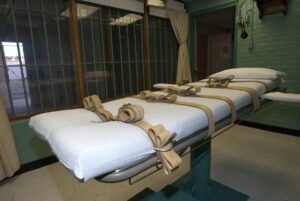
“When one comes to my desk, I will sign a reprieve every time — and I’m asking the General Assembly to send me a bill abolishing the death penalty in Pennsylvania once and for all,” he said.
Shapiro, who has been vocal about his Jewish faith, cast his decision as a matter of conscience.
“I have considered every aspect of Pennsylvania’s capital sentencing system, reflected on my conscience and weighed the tremendous responsibilities I have,” he said. “Pennsylvania should do what 25 other states have done in outlawing the death penalty or refusing to impose it.”
Shapiro stressed that his decision not to authorize the practice “is not a statement on the integrity of individual capital convictions in Pennsylvania.”
“This is a fundamental statement of morality,” he said. “Of what’s right and wrong. And I believe Pennsylvania must be on the right side of this issue.”
Shapiro’s remarks dovetail with the Catholic Church’s call to abolish the death penalty worldwide.
In his 2020 encyclical, “Fratelli Tutti,” Pope Francis cited the writings of St. John Paul II, whom he said “stated clearly and firmly that the death penalty is inadequate from a moral standpoint and no longer necessary from that of penal justice.”
“There can be no stepping back from this position,” Pope Francis wrote. “Today we state clearly that ‘the death penalty is inadmissible’ and the church is firmly committed to calling for its abolition worldwide.”
The pontiff also revised the Catechism of the Catholic Church (CCC, No. 2267) in 2018 to reflect that position.
“We applaud Governor Shapiro’s decision to not issue any death warrants during his term as Pennsylvania’s governor,” Krisanne Vaillancourt Murphy, executive director of the Catholic Mobilizing Network, told OSV News. The group she heads opposes capital punishment consistent with Catholic teaching.
“His announcement today went an important step further by urging Pennsylvania lawmakers to pursue repeal legislation, and to make a concerted effort to remove capital punishment from Pennsylvania’s books for good,” Vaillancourt Murphy said. “His announcement is an important reminder that governors have a critical role to play in moving states away from vengeful systems like capital punishment and toward more equitable and life-affirming approaches to justice.”
Vaillancourt Murphy said Shapiro “is correct in saying that ending capital punishment comes down to morality — the death penalty’s systemic flaws are plentiful, but the degree of its moral bankruptcy is interminable.”
“Because of this, it will take strong moral will from our political leaders to abolish it,” she added. “We were grateful to see an example of this kind of moral leadership coming from Gov. Shapiro today, and we pray that more governors in death penalty states will soon follow suit.”
Pennsylvania has carried out three executions since 1976, according to the Death Penalty Information Center, and currently has the country’s fifth largest death row.
In 2021, the Biden administration ordered a moratorium on carrying out federal death sentences. That policy suspended, but did not end, the practice at the federal level.

